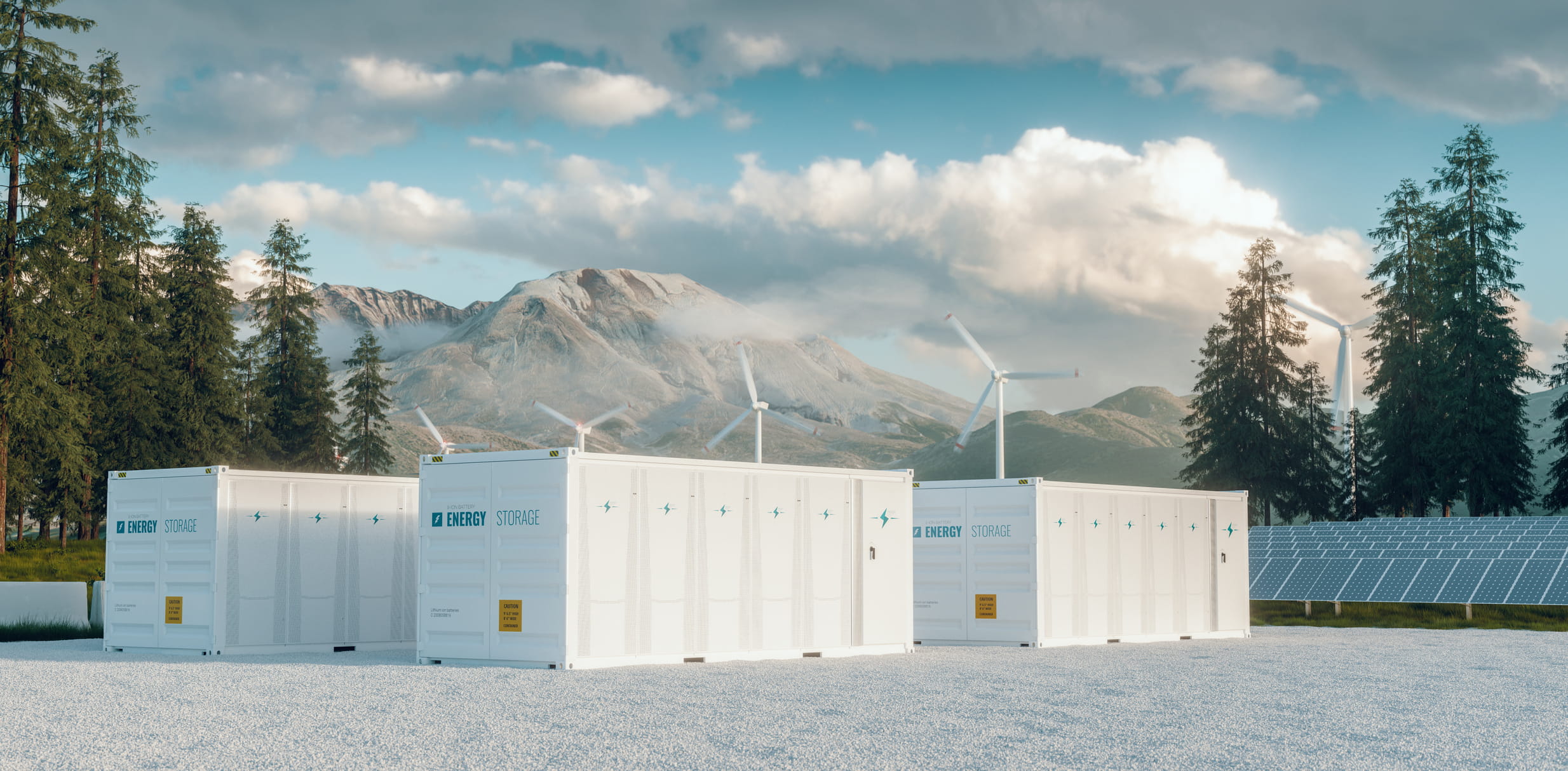Energy storage is vital for renewable energy’s future: Here’s why
renewable energy

renewable energy
According to energy governance group REN21, renewable energy will account for nearly half (45%) of global electricity generation by 2040.
This growing number is worthy of much excitement. Yet as renewable energy use continues to grow, it faces a looming challenge: in a world accustomed to having electricity on demand, renewable energy’s reliance on specific weather means that it offers intermittent availability, which could create a less reliable grid system over time.
Does this mean they won’t be dependable sources of renewable energy in the future? Quite the contrary. Let’s take a closer look at how energy storage solutions can solve the problem and help the world get the most from sustainable energy production – all while creating even more job opportunities for specialists in the renewables & energy storage sectors.
In short, intermittent generation is the irregular availability of electricity over a certain time period. When weather conditions are less than favourable, the efficiency of renewable sources decrease, which can make electricity generation inconsistent and unreliable. Since leading renewable technologies like solar, hydro, wind and geothermal power are weather dependent, they can’t provide electricity year-round as single sources.
For example, hydropower, which accounts for 16% of global power generation, is largely dependent on water currents, precipitation levels and is impacted by the seasons. Wind power relies on wind speed, concentration and temperature, and solar power depends on the sun’s energy concentration, the amount of diffuse solar radiation and the time of year.
Because of these variances, these sources are considered ‘non-dispatchable’, meaning their output can’t be turned on or off as required to meet society’s fluctuating electricity needs.
Today, we’re used to having electricity on demand. The intermittent nature of renewables can put pressure on the reliability of the current grid system. Integrating variable renewable energy sources into the power grid is challenging, as the grid is designed to ensure power plants produce the right amount of energy, at the right time, to meet demand.
Because the grid has limited storage capacity, the balance of supply and demand needs to be carefully calculated. Consistency and predictability are important factors in energy generation to avoid blackouts.
There are times when renewable sources generate excess power that can’t be handled by the grid. For example, with wind turbines, if demand is low but the wind is blowing at a high speed, the frequency rises too high. Conversely, if demand is high but the wind speed is low, the frequency falls below what’s required. These fluctuations can have a negative impact on the grid and cause damage that can be expensive to repair.
Enter: energy storage. Essentially, energy storage is the capture of energy at a single point in time for use in the future. For example, holding water back behind a hydroelectric dam is a traditional form of energy storage.
As technology advances, energy storage will play an ever-increasing role in integrating variable energy sources into the grid and ensuring energy consistency. This also means that more and more jobs will become available in the field over time.
Scroll through the images below to learn the six main types of energy storage used today:






In order to integrate variable energy sources into the grid, an effective energy storage system is required to ensure excess energy can be stored for on-demand use as required.
Energy storage can overcome the problem of intermittent power by introducing more flexibility to the grid. Solar, wind, hydro and geothermal energy sources can be integrated effectively, creating a cleaner, low carbon energy mix that can evolve more reliably.
For example, in Denmark, there are currently three electric energy storage facilities that operate using electro-chemical batteries. Pre-existing infrastructure is also being used in creative ways: companies in the Netherlands are currently experimenting with utilizing excess offshore wind energy to create green hydrogen via an electrolyser located on an offshore oil rig, helping to balance the grid.
Whereas the challenges of integrating variable renewable sources into the grid are significant, action needs to be taken now to meet global climate change targets and ensure a sustainable energy system for the future.
In comparison to the complexity of unifying power generation systems in the 1870s, the challenge of introducing variable energy sources into an existing grid pales in comparison. As storage technology advances, costs are dropping significantly, making variable energy integration more achievable than ever before. Likewise, as energy storage becomes more standardised across the industry, the energy market won’t have to contend with the diverse technical requirements and processes involved in their design.
As residential, commercial and industrial interest in energy storage grows, regulatory policies will be updated to further advance its use in global energy grids.
If you’re looking for a job in renewable energy, Brunel can help. We help jobseekers secure roles with companies in nearly 40 countries across dozens of specialisms. With a 45-year track record and nearly 12,000 employed specialists, we recruit for thousands of the most inspiring companies across the globe.
As recruitment specialists to the renewable energy sector, we connect challenging projects with ambitious talent. If you’re ready to take the next step in your career, check out the opportunities below.